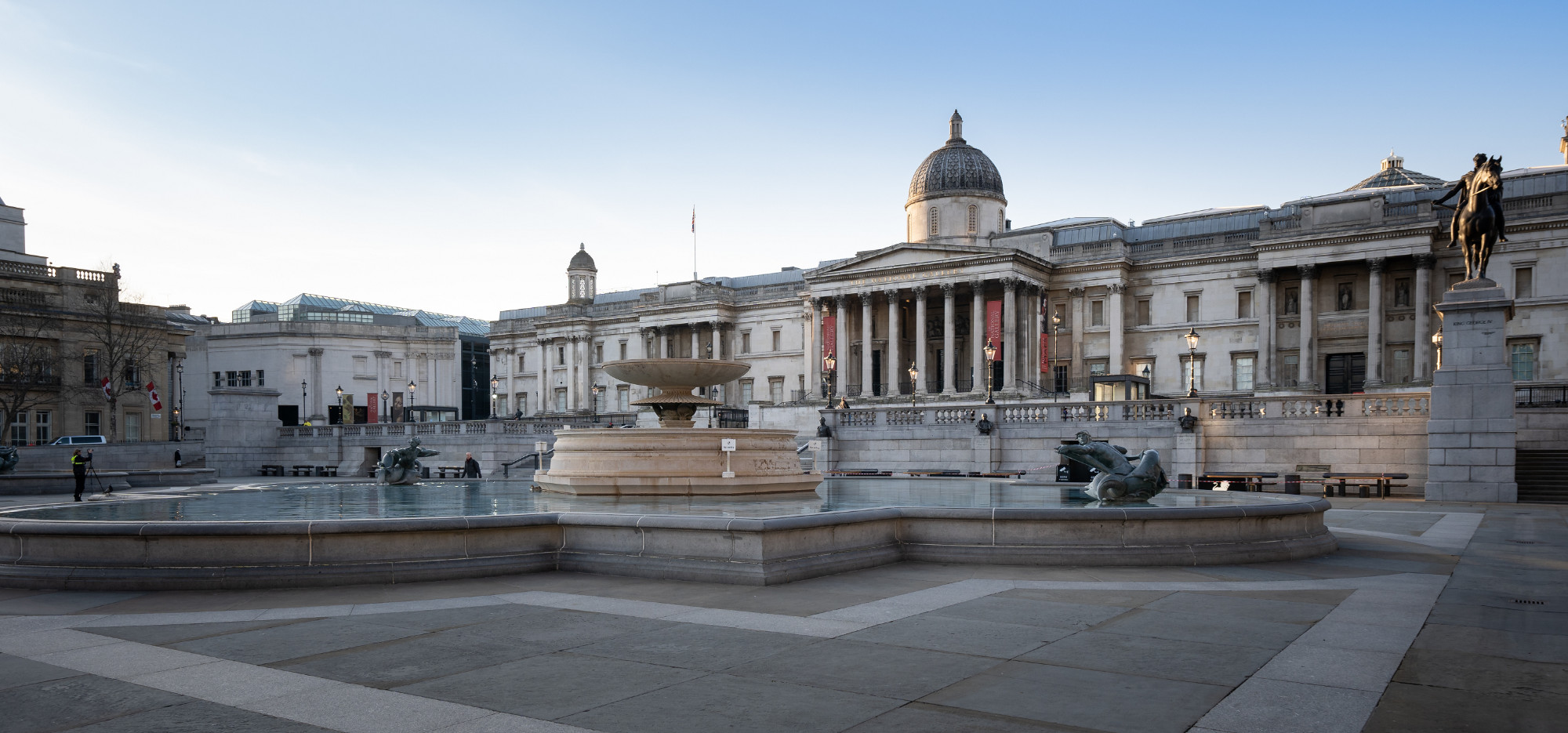In 1923 the British Raj made it illegal for any Indian company to build, own or operate locomotives or rolling stock: a cynical attempt to protect the mother country’s industry and, together with other equally cynical Whitehall measures, a severe impediment to the Subcontinent’s efforts at reconstruction in the years following independence (seventy-five years ago this week). The ripples and resonance of that bare-faced exercise in colonialism were still being felt decades later, as anyone who used the Subcontinent’s railways, or highways, in the 1980s and 1990s will wearily testify.
Even today, the process of transporting freight by land along the 1,500 kilometres between Delhi and Mumbai (everything from bananas to boilers) will take an average of fourteen days, and that’s not only expensive and harmful to the environment (think of those pollution belching trucks): it also runs counter to the compelling demands for supply level connectivity across the four corners of India: the fastest growing large economy on the planet.
Not for much longer, though…
The New Delhi to Mumbai Expressway is an eight (expandable to twelve) lane expressway: part of nine Mega Industrial Zones that will reduce that meandering fourteen day journey to a mere fourteen hours, all the way from the Capital through to Jawaharlal Nehru Port and out on to the glittering seas of international commerce. When the new expressway opens next year, it will become the Subcontinent’s longest and busiest commercial gateway, triumphantly heralding India’s newly minted status as an economic powerhouse.
The multibillion dollar project has its roots back in December 2006, when India signed one of a series of transformative trade deals with the Japanese government: itself eager to nurture links with the Subcontinent and establish the foundations of an increasingly successful bilateral partnership. But, of course, it’s not all about the imperatives of connecting the north with the south…
Gujarat and Beyond
Costing an eye-watering $20 Billion, work on the Gujarat International Tec City started in 2016 with the intention of showcasing India as an international financial centre (think Canary Wharf on steroids): it sprawls over 8.5 Million square meters, with two hundred skyscrapers and a fully integrated development model (so you can stop thinking about Canary Wharf now), and the project also includes office space (obviously), residential units, a school, a hotel and, for all those tired commodity traders, a cluster of glitzy night clubs.
And if that’s not enough for you, look further east to the Chennai Metro Rail Project, which is being built at a cost of $14.89 Billion: scheduled to be completed by the end of 2026, it’s a world beating rapid transit system that will eventually thread its way across the newly thriving metropolis and help resolve current environmental issues created by the city’s highway born traffic (belching trucks and cars again I’m afraid): but, whichever way you look, it’s a resounding success story for modern day India, and it demonstrates just how far we’ve come since independence: when Indians weren’t even allowed to build their own trains.
Executive Overview
India celebrates seventy five years of independence this week, and we’ve come a long way in a relatively short time. Just look at the mega projects under construction at the moment…they’re enough to make any Indian proud.




